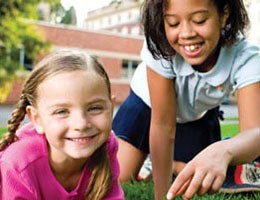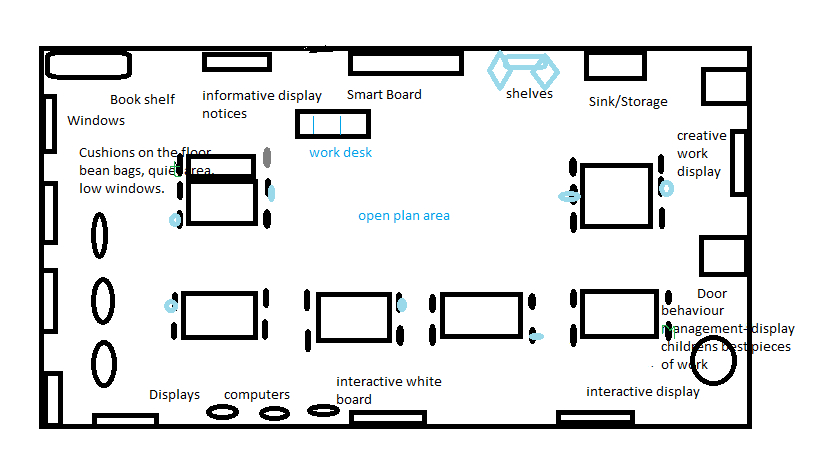 What can you tell from this picture ?
What can you tell from this picture ?
You may agree or disagree with me, but certainly when I think of doing anything to do with children:
look at activities;
plan lessons;
or prepare any task including children what sparks up in my mind first is the HEALTH AND WELL-BEING OF A CHILD.
Definitely something which needs to be closely looked upon and reflected.
http://www.educationscotland.gov.uk/Images/hwb_across_learning_principles_practice_tcm4-540402.pdf
Who plays the most important role in the child’s health and well-being ?
It may be a prime focus for teachers to ensure that the child is in safe environment and nurtures, HOWEVER , there is a much bigger picture which we need to take into consideration.
A child themselves is around a vast number of different people thorough their day and life. Their primary caregiver will undoubtedly have a huge role in providing the child with the basics to health start in life and provide a security net for the child to share their emotions and encourage them throughout their lives.
Thereafter, we can come to friends who will surely have a significant influence on children. As the child grows and by the age of 10 their friendships might only last for 1-1.5 years.
(Headroom, Australia)
This shows that the child is beginning to see how they can trust and who they get on with. They start to build stronger foundations for their emotions and this is a very important aspect for me as a student teacher as I will have to be aware of these, and lots of many other factors which will effect the child and consequently be factors which make them the whole child.
A last little note for for myself and those embarking in this wonderful journey of a primary teacher, “There can be no keener revelation of a society’s soul than the way in which it treats its children.”
http://db.nelsonmandela.org/speeches/pub_view.asp?pg=item&ItemID=NMS250&txtstr=Mahlam



